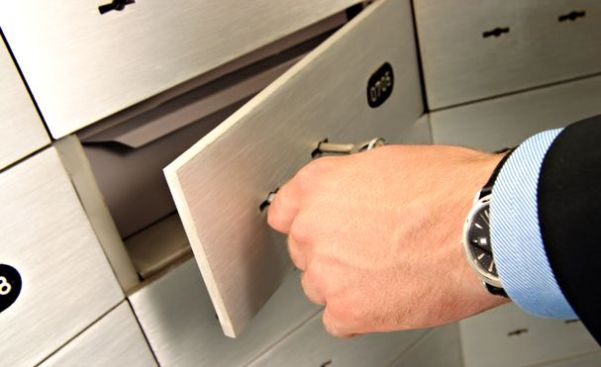- Usually, banks take a security deposit which covers rent up to three years
- Banks are not be liable to compensate if the contents of the lockers are stolen or damaged due to a natural calamity, RBI said in 2017
Most of us like to keep our valuables in bank lockers rather than home safes. But how safe are bank lockers? The Reserve Bank of India said in 2017 that banks would not be liable to compensate you if the contents of your locker are stolen or damaged due to a natural calamity. Still, they are considered safer than other options. If you are considering taking a bank locker, here are five things to keep in mind.
The charges
Renting a bank locker is not cheap. It, typically, depends on the size of the locker and the bank branch you opt for. For example, State Bank of India (SBI) charges ₹1,500 plus GST annually for a small-sized locker (125x175x492cm) in urban and metro areas, whereas in rural areas the same locker costs ₹1,000 plus GST. An extra large locker at SBI can cost you as much as ₹9,000 plus GST every year.
You are also required to pay one-time registration charges, depending on the size of the locker. SBI charges ₹500 plus GST for small and medium lockers and ₹1,000 plus GST for medium and large lockers.
Note that a delay in paying the rent could attract a penalty as high as 40% of the annual rent. Some banks could also ask you to open an FD or invest in an Ulip to avail the locker service, but know that this is against RBI regulations.
Locker keys
Every bank locker comes with two keys but you get only one. The bank keeps the other key to cushion against any unfortunate event.
If you lose or misplace the locker keys, the bank will replace it but it’ll come at a hefty cost. Banks usually charge up to ₹3,000, including service fees and charges involved in breaking open the locker and replacing the lock.
Succession
Nominees: All banks require the hirer to nominate one person to pass on the contents of the locker in case of the hirer’s demise. If the nominee is a minor at the time of death of the hirer, access is given to the guardian of the nominee.
Legal heirs: In the absence of a nominee, access to the locker is given to the legal heir, if there is a Will. If there is no Will, the legal heir may approach the bank to receive the claim which is settled on the basis of an indemnity-cum-affidavit.
Joint holders: If a locker has two or more holders, the nominee and other holders get access to the locker after verification of proof of death of the deceased hirer. However, before the nominee and survivor holders can empty the contents, the bank’s locker custodian would prepare a list of inventory in the presence of an independent witness. If the joint holders don’t appoint nominees and are deceased, their legal heirs are given access to the locker.
Surrender
Either the bank or you can terminate the agreement by giving a seven-day notice in writing. If termination notice is not submitted by either party, the locker is renewed.
If you surrender the locker before the expiry of the lease period, the remaining rent will be refunded to you. In most cases, this is done if the unexpired portion of the lease period is at least a year. Usually, banks take a security deposit which covers rent up to three years. In case you got the locker after opening an FD but wish to surrender the locker before the expiry of the FD, the bank could refund the deposit and treat it as premature closing of the FD.
Also, you cannot move your bank locker from one branch to another. You will have to surrender it and open a new one if you wish to move it.





































